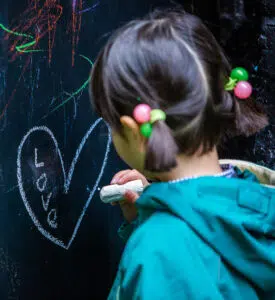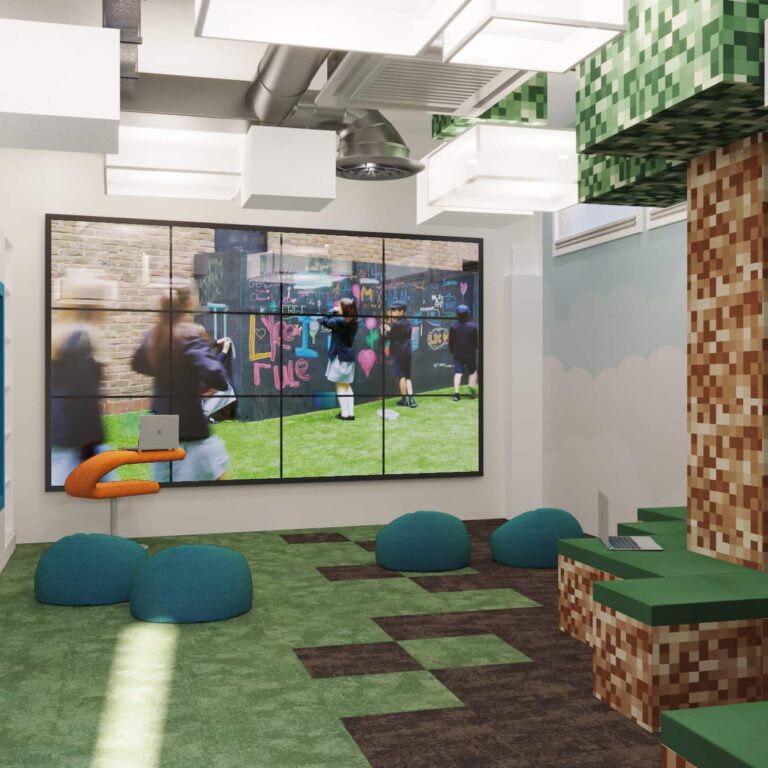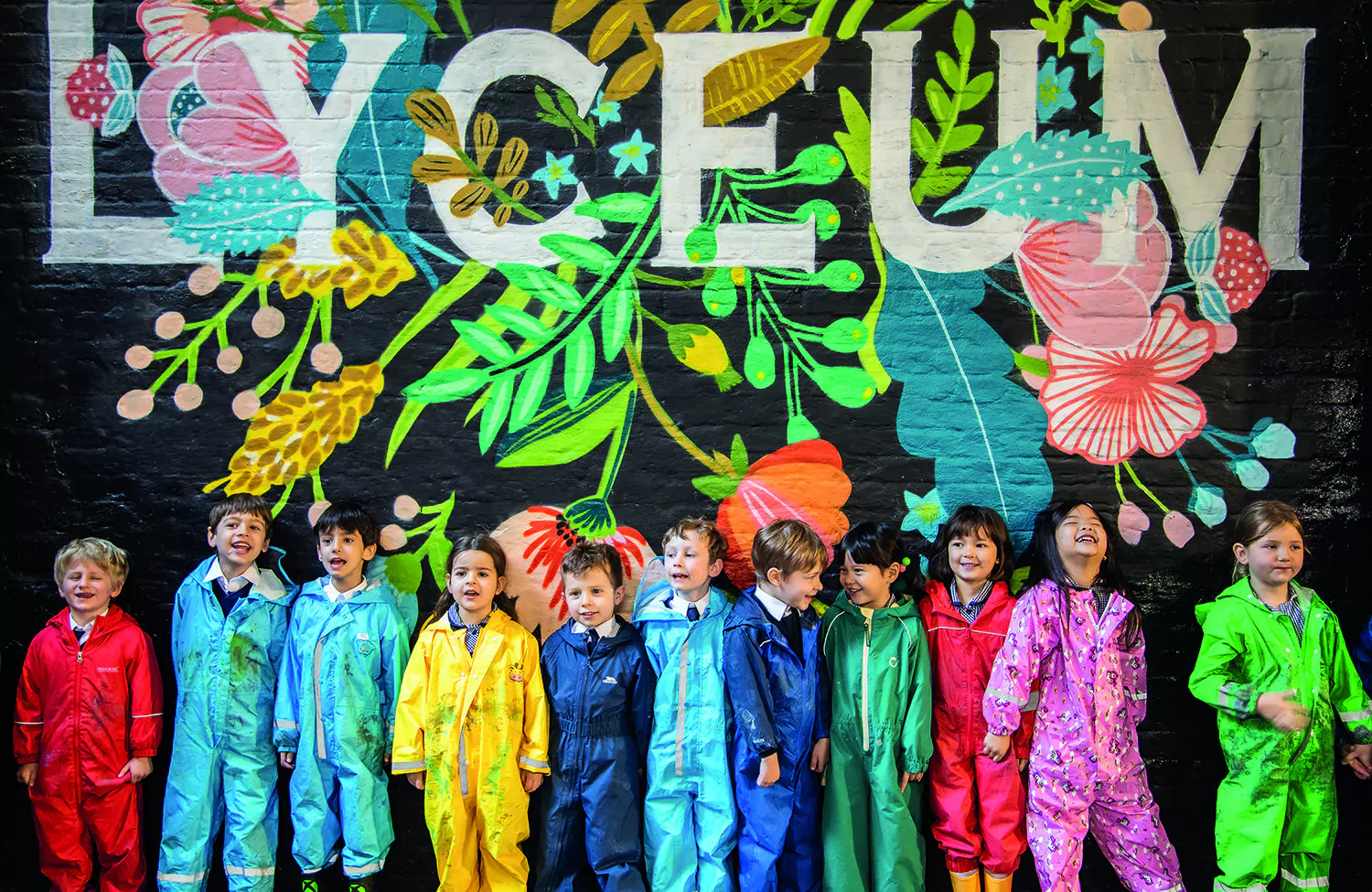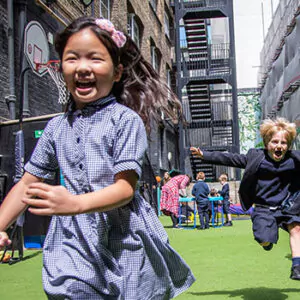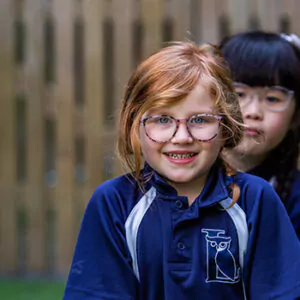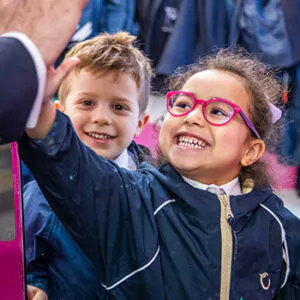Aptly named “The Owlery” by one of our children, our STEAM (Science, Technology, Engineering, Art and Math) room is a free-flowing, future-focused classroom where our pupils are given time and space to think creatively – it is also designed with a Minecraft inspired tree!
Welcome from the Head of STEAM, Paul Clifford
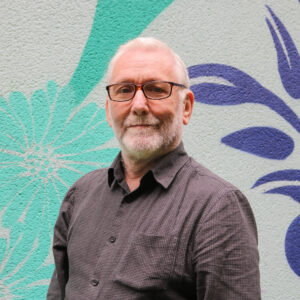
Mr Clifford is a highly experienced teacher, maker and creative technologist. A qualified teacher, Paul has also worked in the cultural and heritage sector as the Digital Learning Manager at the British Museum and Museum of London, and as Schools Officer at the V&A, designing, delivering and evaluating STEAM learning activities, courses and projects.
Mr Clifford, gives the kids the freedom to explore all things and guides them with compassion during their lessons. Learn more about our STEAM curriculum below, or download our STEAM Prospectus here!
